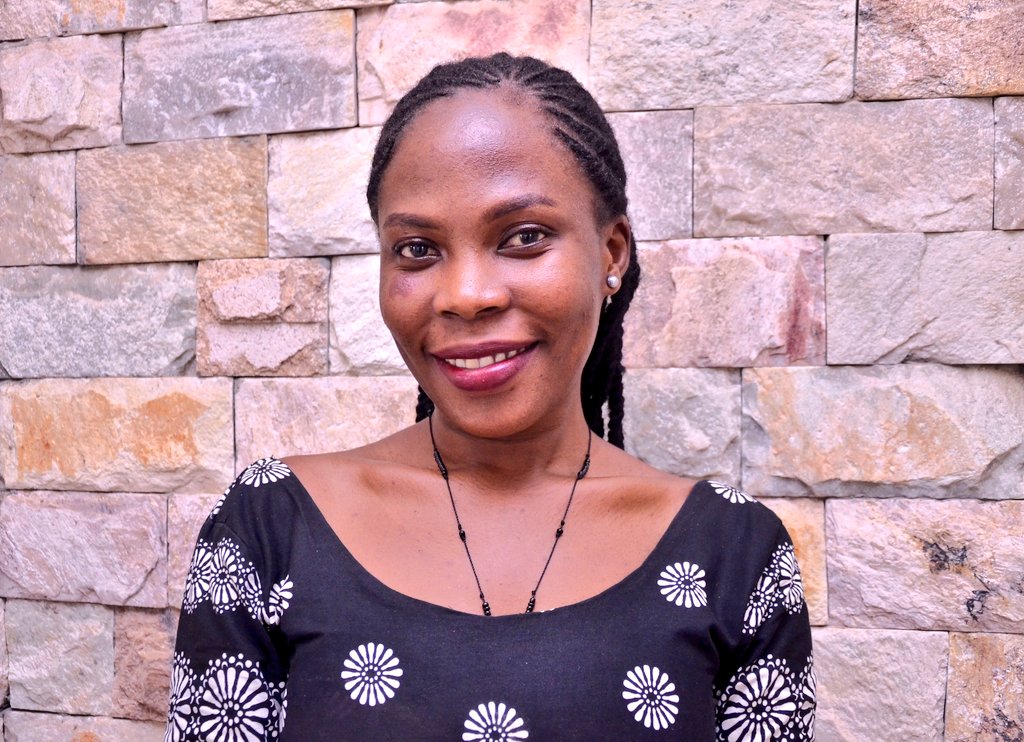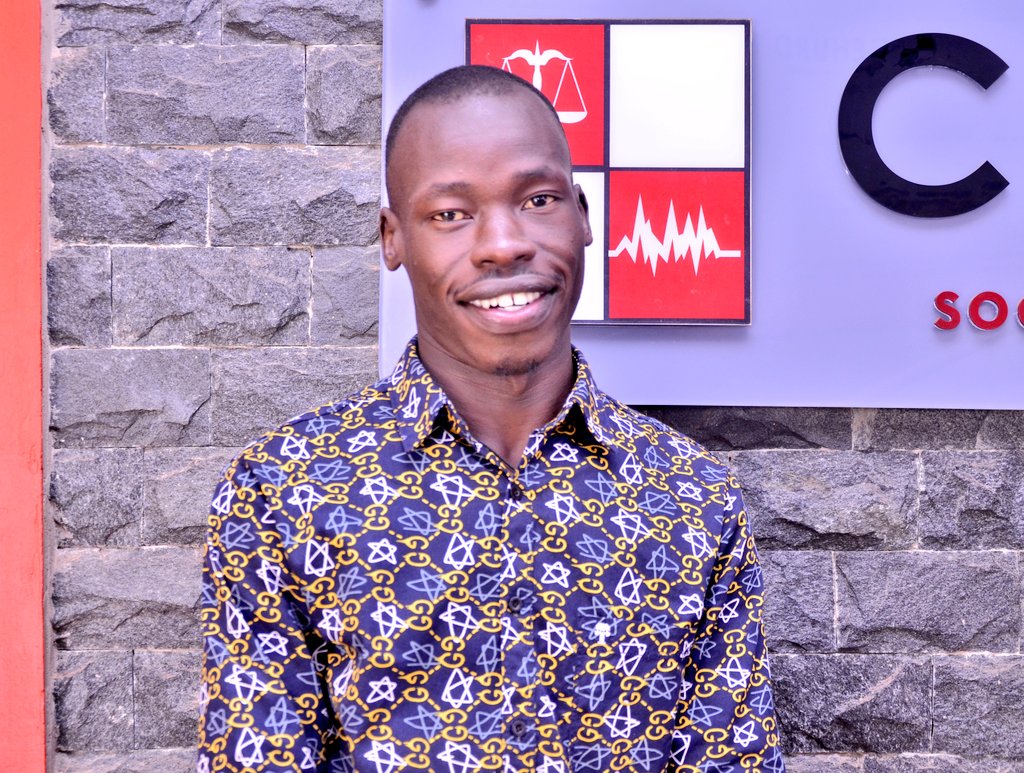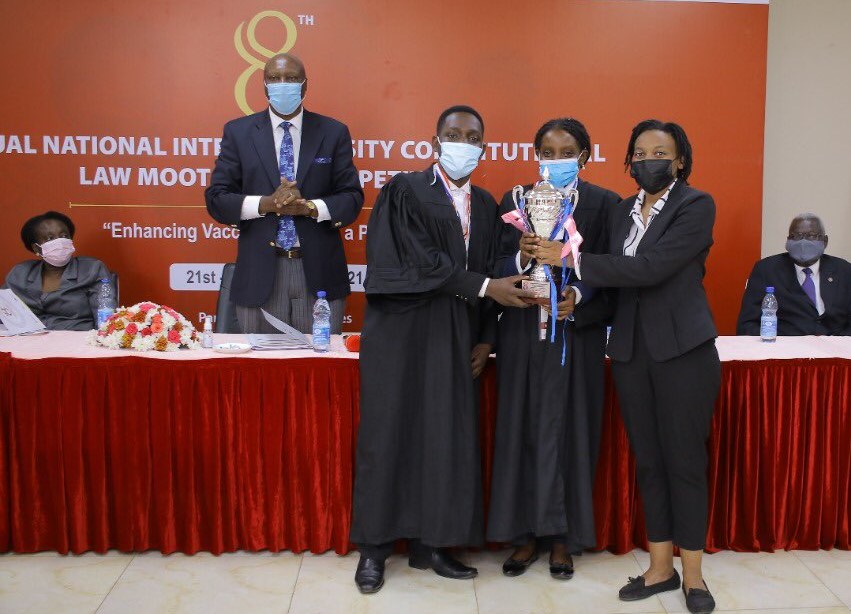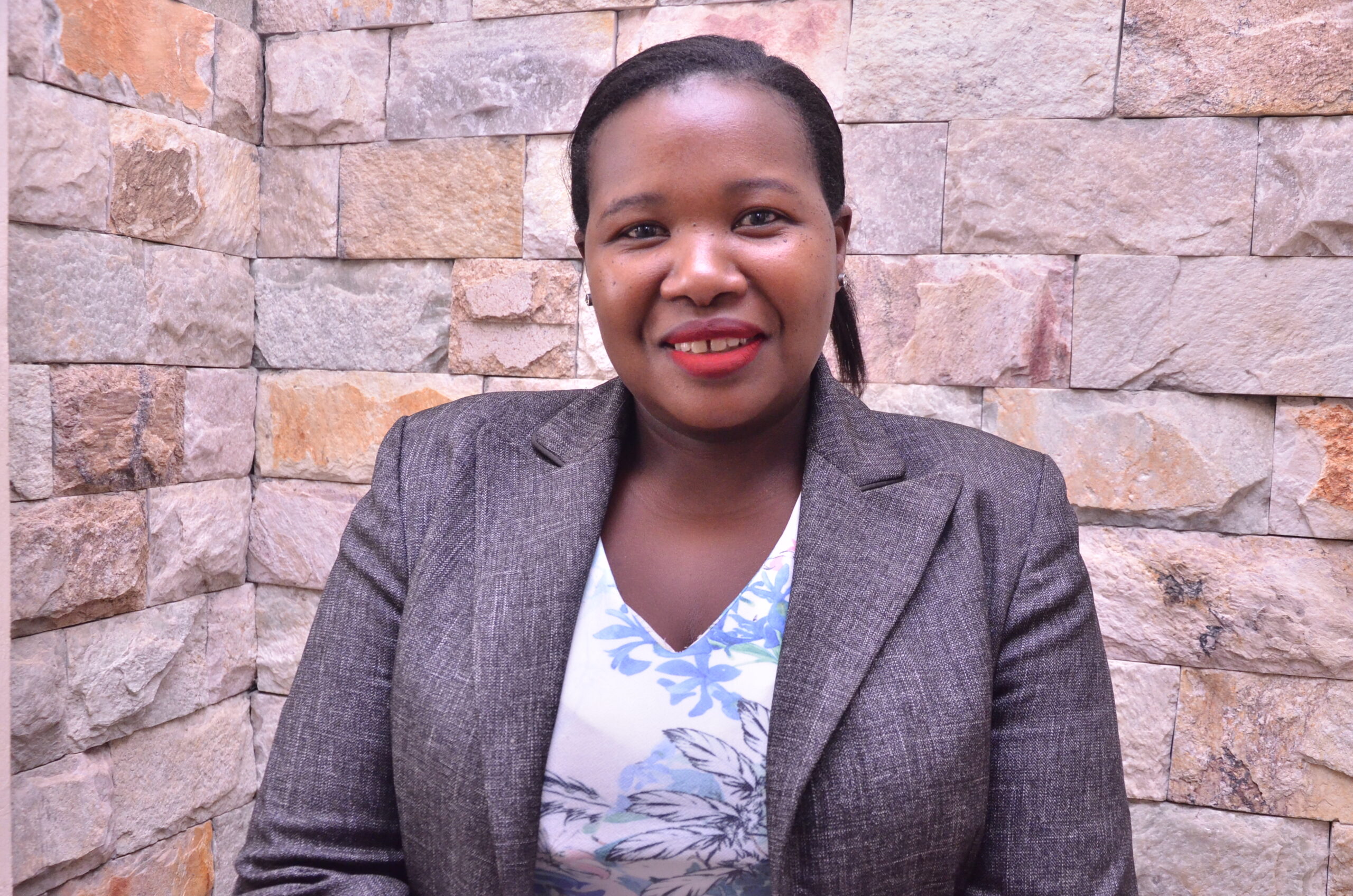The learning was deep and significant. The work was beautiful and challenging. Living was both fun and hard. It was exhausting, amazing, sad, intense, and so very many more adjectives. I am grateful, however, for the complexity. I don’t think that one can successfully seek simplicity in human rights.
By Rebecca Clayton
I wrote my first blog as five lessons from my early days in Uganda, so I figured I would conclude with five more lessons from the end of my internship (and in the space since returning home). I would be lying if I said that my reflections since returning to Canada have been easy – translating what I have been feeling into words has been a steep uphill battle. I’ve wrestled (probably for longer than I should have) with what to say on the tail end of an experience like this one. I think my reflections can best be summed up in the following five lessons:
Language is a key player in human rights work; An obvious (but perhaps underestimated) truth in human rights work. Even though English is common, in many of the circumstances where I assisted with client intake or mediation, Luganda was the language spoken. I appreciated being a part of this work but felt at times disappointed that I couldn’t offer more. It was an important reminder about the role of language, and how central it is to everything we do. The best of intentions and the most in-depth knowledge of the legal system don’t mean anything if you can’t communicate with someone – if you can’t learn about them and their experiences. I think this lesson is important to keep in mind as we navigate the world of human rights and public interest law.
There is magic in an organisation that creates space for its employees to connect with one another; In my second last week at the Center for Health, Human Rights and Development (CEHURD), the entire staff went on their bi-annual staff retreat. Twice a year, the staff spend a week somewhere in Uganda (in this case, it was the Ssese Islands) to report to one another, teach one another about new topics in their work, and receive feedback from management on their work over the past six months. Most significantly, though, I noticed that a key outcome of this retreat week is how it provides a space for CEHURD staff to connect with one another. Outside of work hours through meals, exploratory trips, and evenings filled with dancing (and maybe some alcohol), CEHURD staff get to unwind and enjoy each other’s company. All summer, though there was often not much overlap between teams as everyone was busy and focused on their own work, I noticed that staff members were well-connected with each other. After participating in a staff retreat, I think I figured out why. The work at CEHURD is serious, and expectations are high for their employees. It is challenging in more ways than one to work in the human rights field, but carving out space for their teams to feel connected to one another changes the entire workplace culture. I was impressed with much of what CEHURD does, but this was one of my favourite of those things. Having worked in the non-profit sector, I know that organisations need to choose their priorities, as time and funding are always limited. Prioritising this chance to invest in their work culture makes a huge difference in the work that they do, and I felt so fortunate to get to experience it firsthand.
Predictably, a lion lounging in a tree is pretty cool; When Somaya and I went on a safari trip on a long weekend in June, we were on a mission to see lions. Having come all the way to Western Uganda to Queen Elizabeth National Park (famous for tree-climbing lions), we were adamant that seeing lions was non-negotiable. After a disappointing morning game drive, we lucked out in the late afternoon and proceeded to spend the rest of the day passing binoculars between us to watch the sleeping lioness in a tree. And it was exactly as cool as we thought it would be.
Being a cultural outsider can hinder at times, rather than help; In June, CEHURD went to court to argue a seemingly “sensitive” case. A week before the court date, we had a legal expert meeting with the entire Strategic Litigation team, as well as other lawyers and community organizations to talk about our case and what it entails. We discussed strategy, anticipated counterarguments, asked questions and, importantly, discussed public messaging. The way that we wanted to appear in court was carefully weighed – do we pack the courtroom with lots of bodies, trying to control the energy and drawing the public’s attention? Or do we fly under the radar to minimize coverage, and as such, minimize the amount of pressure that the judiciary might feel? Ultimately, the decision was made to do the latter. Weighing out how the public would inevitably respond to a case about such a “sensitive” issue was a careful undertaking – not even our entire team went to watch the case be argued. When I asked my manager if I might go with those who were going to attend, she gently explained that my presence might hinder rather than help. My face in the courtroom might have sent a message, my manager feared, about “external cultural influence” guiding this case. Perhaps unlikely, but we weren’t taking any chances on such an important issue.
This decision, however, reminded me of a whole line of challenges against human rights work. Sometimes, the human rights structures that have originated in the West can cause more harm than benefit through their origin and rigidity. By imposing specific ideas about how rights manifest in all circumstances – these specific ideas being tied up in Western values and perceptions – there are groups that have dug in their heels to resist this imposition and some people have become more marginalised because of it. As with all human rights work, it is important to be aware of our impact in different circumstances, and this court case was a good reminder for me about this. Sometimes, it is best for everyone to sit back and hear about how things went the next day.
I am a super sensitive person – and I need to remember this in my work; Quite honestly, I was not expecting to find working in Uganda as challenging as I did. Having lived abroad, travelled extensively, and worked in the non-profit sector, I had enough related experiences that I thought I would transition rather seamlessly into my life there. I’m not sure whether it was a post-COVID mental health slump, the work itself, or (most likely) a mix of the two, but this summer was incredibly emotionally taxing for me, and I am still trying to figure out how I feel about the experience that I had. I have always known that I am a deeply sensitive person, but I was more exhausted than I ever anticipated at the end of every workday. Progressively throughout the summer, I retreated deeper into books and other sources of comfort in my downtime to avoid thinking too much about the human rights violations I was reading about all day. I missed my security networks – my partner, my family and my friends – in ways I had not expected. And, by the time I returned home, I felt entirely drained. This feeling was made all the more challenging by the fact that it was entirely unexpected for me, and I was wholly underprepared to respond to it. The lesson here for me is one that I am still unpacking but requires me to look seriously at what I need to do to better prepare myself for human rights work in the future, as well as what that work looks like for me to be able to partake in it without having it take over my entire capacity. This personal learning is hugely valuable as I navigate law school and try to figure out a prospective career path. The objective of this programme, I believe, is not just to learn about human rights practice, but to explore how you fit into it. I am grateful for this opportunity to have looked a bit deeper into my own strengths and weaknesses when it comes to human rights, to give me more reference points as I plan for my future.
All in all, there is no one way to sum up my experience in Uganda this summer. The learning was deep and significant. The work was beautiful and challenging. Living was both fun and hard. It was exhausting, amazing, sad, intense, and so very many more adjectives. I am grateful, however, for the complexity. I don’t think that one can successfully seek simplicity in human rights.
The writer was a fellow in the Strategic Litigation Programme at the Center for Health, Human Rights and Development.
A copy of this article was first published in the McGill Human Rights Interns blog





